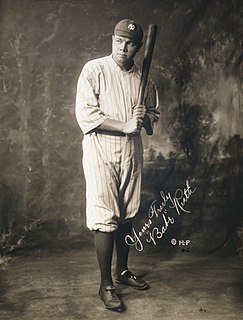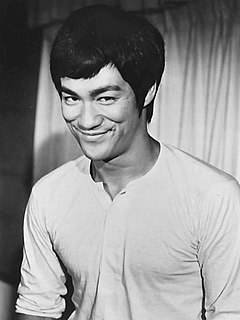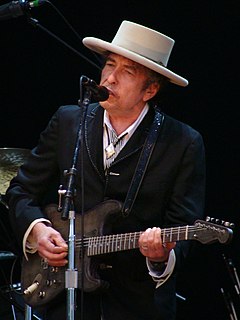Цитата Билла Ласвелла
Сначала ничто не было стилем. Все началось как идея. Парень сделал что-то с идеей. Кто-то скопировал его. Некоторые скопировали их все, и это стало модным, а затем стало стилем.
Связанные цитаты
Многие [деловые] люди сосредотачиваются на том, что является статичным, черным и белым. Однако великие алгоритмы можно переписать. Бизнес-процесс может быть определен лучше. Бизнес-модель можно скопировать. Но скорость исполнения динамична внутри вас и никогда не может быть скопирована. Когда у вас есть идея, быстро определите, какие части вам нужны, выйдите на рынок, поверьте в нее и продолжайте итерацию.
Все копировали продукты Atari. Так что мы начали возиться с ними, и это было весело. Мы купили столько чипсов, что могли ошибиться с их маркировкой. Таким образом, мы обанкротили как минимум две компании, которые скопировали наши платы и купили все части, но они были неправильными, поэтому они сидят на всех этих запасах, которые они не могут продать, потому что игры не работают.
Некоторые песни начинались с басовой партии, некоторые начинались с полной лирики, и Джим, мой барабанщик, который также является первым парнем, с которым я был в студии с 16 лет, иногда у него появлялась идея, и я вставлял ее. лирика к нему, а затем трек развивается, нет определенного способа написать песню.
Стили имеют тенденцию не только разделять людей - потому что у них есть свои доктрины, и тогда доктрина стала евангельской истиной, которую вы не можете изменить. Но если у вас нет стиля, если вы просто говорите: «Ну, вот я как человек, как я могу выразить себя целиком и полностью? Так вы не создадите стиль, потому что стиль — это кристаллизация. Таким образом, это процесс постоянного роста.
Картины художников инсценировали собственные изображения или копировали или вырезали уже существующие. Зритель воспринимал их по отдельности, иногда парадоксальными волнами: исходный образ, затем манипуляции с ним, затем места пересечения образа и идеи. Это создало решающий сбой в восприятии, который заполнили ирония и понимание.
Прошло 4 или 5 лет после моей первой дизайнерской работы, прежде чем появилась идея делать графический дизайн на компьютерах. Я начал работать в 1980 году, Macintosh был представлен в 1984 году, затем настоящие настольные издательские системы начали появляться только в 85-86 годах, но только в конце десятилетия переход стал непреодолимым.




































